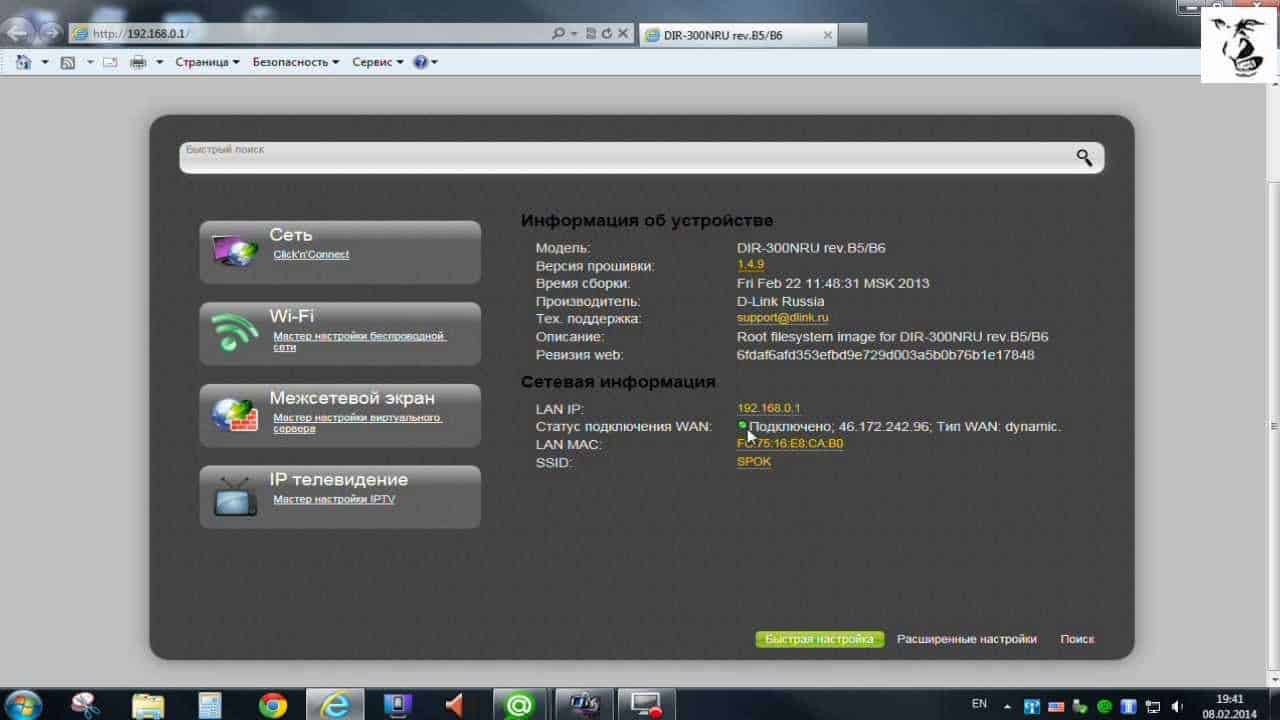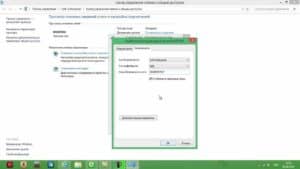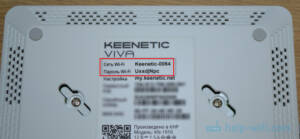Step by step: how to protect your Wi-Fi from unauthorized access
Wi-Fi is a convenient and practical way to connect to the Internet, but it is not secure. Unauthorized access to your Wi-Fi can leak sensitive data and harm your network. To avoid such problems, you need to set a password for your Wi-Fi. In this guide, we'll show you how to do it.Step 1: Connect to a routerTo set a Wi-Fi password, you need to connect to a router. To do this, open your browser and enter the address 192.168.1.1 or 192.168.0.1. These are the default addresses for most router models. Step 2: Authorization After you have entered the router address, you will be asked to enter your login and password for authorization. If you have not changed this data, then the default login and password are admin. Step 3: Wi-Fi settings Once you are logged in, find the “Wi-Fi settings” section in the router menu. There you can set a password for your network. Select the Security tab and select WPA2-PSK security type. This is the most secure method of protecting your network.Step 4: Set a PasswordAfter you have chosen the type of protection, enter a password for your network. The password must contain at least 8 characters and be complex. Use letters and numbers, upper and lower case, and special characters.Step 5: Save SettingsAfter you have entered your password, save your settings. After this, all devices that want to connect to your network will have to enter this password. Now you know how to set a password on your Wi-Fi and protect your network from unauthorized access. Follow these simple steps and enjoy a secure Internet connection. Setting a Wi-Fi password is one of the most important security measures you can take to protect your network. If you don't set a password on your Wi-Fi network, anyone can connect to it and use your Internet traffic, as well as have access to your personal data.
Additionally, if your network is not password protected, attackers can easily hack into it and gain access to your computers, phones, and other devices connected to the network.
Setting a Wi-Fi password is a very simple procedure that anyone can do. First, you need to go to the settings of your router. Usually, to do this, you need to enter the router's IP address into the address bar of your browser and enter your username and password.
After you go into the router settings, find the security or Wi-Fi protection section. In this section you can set a password for your Wi-Fi network.
Some routers allow you to choose different types of encryption for your password. The most secure encryption is WPA2, so it is recommended to select it.
After you have set a password for your Wi-Fi network, save the settings and reboot the router. Now your network is password protected and no one except you and those to whom you gave the password will be able to connect to it.
In conclusion, setting a Wi-Fi password is a very important security measure that you should take to protect your network. This is a simple procedure that anyone can do, so don't put it off until later.
How to Secure Wi-Fi: Additional Measures to Protect Your Network
Setting a Wi-Fi password is just the first step to protecting your network from unauthorized access. There are many additional measures you can take to secure your Wi-Fi.
One such measure is to enable the name hiding (SSID) feature of your network. This means that your network will not appear in the list of available networks on devices that are within its coverage area. To connect to such a network, the user will need to enter the network name manually.
Another important security measure is the use of WPA2 encryption, which is more secure than the older WEP and WPA protocols. WPA2 encryption not only protects data transmitted over Wi-Fi, but also ensures the security of the network itself.
It is also recommended to enable the MAC address filtering feature, which allows you to allow only devices that have been pre-authorized to access the network. This will prevent unauthorized devices from connecting to your network.
Finally, don't forget to update your router's firmware to eliminate vulnerabilities that could be used by attackers to compromise your network.
By following these simple measures, you can secure your Wi-Fi and protect your data from unauthorized access.
Read further:






